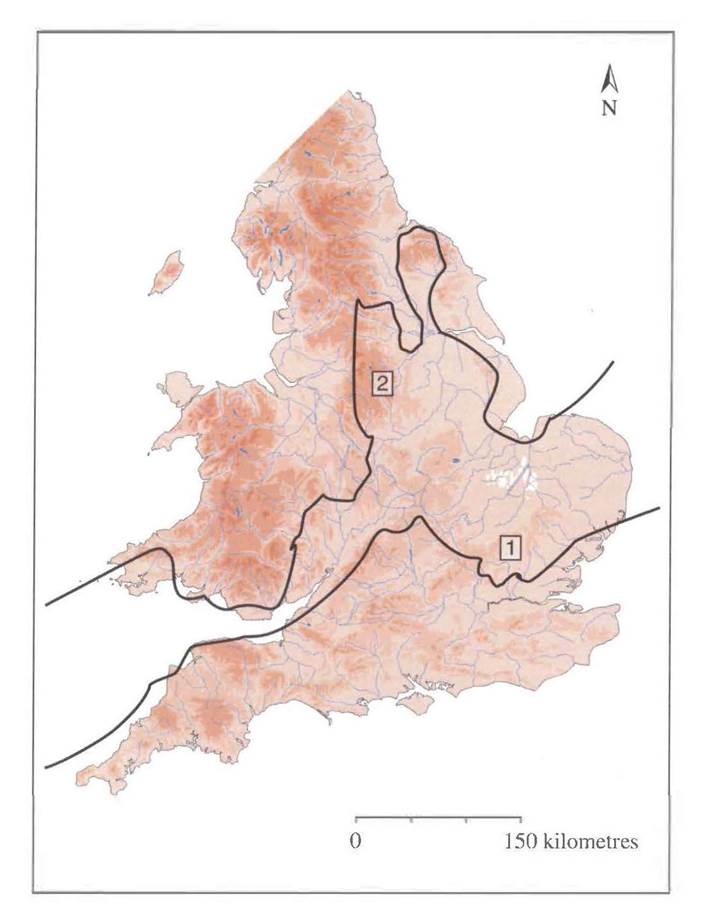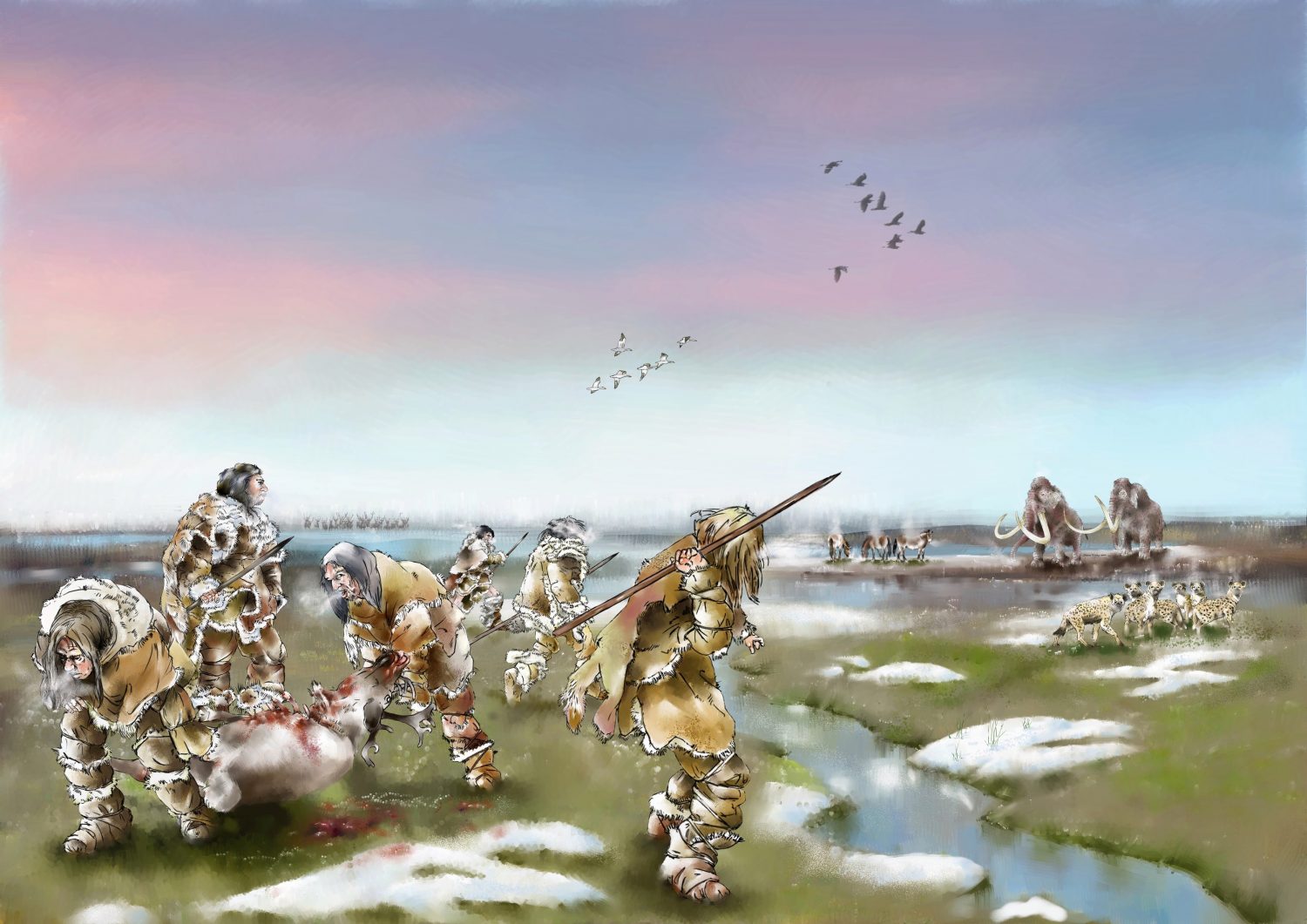How many Ice Ages?
- 8th November 2018
There isn’t one Ice Age: there have been at least five. Some were millions of years ago and one even billions of years ago. The most recent, the one we all call ‘The Ice Age’, is known geologically as the Quaternary. It lasted from two and a half million years ago until about 12,000 years ago.
The earth was not cold throughout the Ice Age. For two and a half million years, the temperature fluctuated and ice sheets grew and shrunk repeatedly. Glacials were periods of intense cold when the ice sheets grew from the poles to cover the land and sea levels fell as water became trapped in the ice. There were a number of glacials during the Ice Age. The harshest of them all was called the Anglian Glaciation about 480,000 years ago which saw ice extending across two-thirds of Britain as far south as Bristol. The West Midlands was covered by hundreds of metres of ice and should you have been standing on the top of all that ice you could have walked all the way to Siberia without stepping off it.

Southern extent of ice cover across England and Wales during the Anglian glaciation 450,000 years ago (1) and Devensian glaciation 20,000 years ago (2) – taken from Garwood (ed.) 2007, p.10
Between the icy glacials were warm periods when temperatures rose and the world warmed. The ice sheets shrank back to the poles and sea levels rose as the ice released enormous amounts of water back into the oceans. These warm periods are called interglacials. The Hoxnian Interglacial, just over 400,000 years ago, is named after a site in Hoxne, Suffolk where ancient lake deposits dating from that period can be found. The fossils discovered there can tell us a great deal about the climate and environment that early humans would have lived in.
Within the cold glacial and warm interglacial periods there were shorter changes of warming and cooling (less than 10,000 years). A short cold period within a warm interglacial is called a stadial and a short warm period within a longer cold glacial is called an interstadial – the story of the Ice Age is complicated.
The change from cold glacials to warm interglacials was driven by changes in the earth’s orbit and the amount of sunshine reaching parts of the planet. The effects of this change would have been increased by other factors like the shape of land masses, changes to the gulf stream and gases in the earth’s atmosphere. During the first two-thirds of the Ice Age, the world got warmer then colder roughly every 41,000 years, but about a million years ago the ice switched to a 100,000-year cycle.
The Ice Age was a time of enormous change. Huge glaciers carved out the landscape we know today and the collapse of the land bridge between Britain and Europe formed the English Channel; making Britain an island for the first time. Massive beasts like mammoth, woolly rhinoceros and bison walked across the glacial midlands whilst the warmer periods brought hippos, lions and straight tusked elephants. It was against this backdrop of change that people like us, and our ancestors first appear in Britain. The Ice Age is so much more than a story of ice and mammoths: it’s our story.

Neanderthal hunters at Kemerton, Bredon Hill (by WAAS illustrator)
Post a Comment